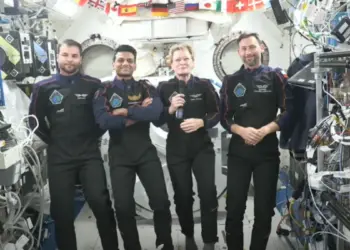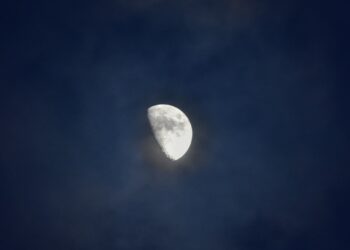Indian Space and Research Organization (ISRO) to leave no stone unturned for the complete success of the next moon mission. ISRO’s last lunar mission Chandrayaan-2, the Indian space agency’s historic attempt of soft landing of the lander Vikram launched with Chandrayaan-2 has not gone as expected due to the communication failure; still, according to ISRO Chandrayaan-2 was a big success since it has achieved most of the mission objectives.
Now ISRO is eyeing the Chandrayaan-3 mission, the third Indian lunar mission which will be similar in configuration to the second Moon mission. ISRO will make another attempt to land the rover on the lunar surface to perform further research and studies about the Earth’s only moon including exploration about the presence of the water. On 1 January 2020, the ISRO Chairman Sivan told media at a press conference that the government had approved a spacecraft and rover to land on the Moon’s south pole latest by early 2021.
ISRO has created an artificial lunar surface so that the next lander and rover could be tested on the surface similar to the Moon surface before its actual landing on the lunar surface. The simulant could also be used for fundamental theoretical and experimental research for constructing civil engineering structures on the surface of the Moon, and to make headway in lunar locomotive engineering.
ISRO along with other inventors have received the patent for its method of manufacturing highland lunar soil simulant. The simulant is made in bulk from similar rock samples identified and picked out from Sittampundi Anorthosite Complex, almost 67 km from Salem, in Tamil Nadu.
The Indian Patent Office granted a patent to ISRO on May 18. The inventors under this patent are I. Venugopal, S.A. Kannan, Shamrao, V. Chandra Babu (all from ISRO); S. Anbazhagan, S. Arivazhagan, C.R. Paramasivam, M. Chinnamuthu (all from the Department of Geology, Periyar University, Salem, Tamil Nadu) and K. Muthukkumaran from the National Institute of Technology, Tiruchirappalli, Tamil Nadu. The patent will remain valid for 20 years from the date of filing the application that is May 15, 2014.
“Most future missions propose for a soft landing on the lunar highland region. Hence there is an urgent need for a bulk quantity of lunar soil simulants that represent the highland lunar crust,” it said in the patent specification filed in 2014. ISRO added that its simulant is exclusively manufactured to represent the lunar highland region and should also be useable in diverse lunar applications to provide the lowest possible risk.
“The surface of the earth and that of the Moon are entirely different. So we had to create an artificial moon surface and test our rover and lander,” M. Annadurai, who retired as Director, U.R. Rao Satellite Centre (URSC), formerly ISRO Satellite Centre, had told IANS.
What is Highland and Mare Area On Lunar Surface?
There are bright and dark areas on the Moon’s surface. The dark areas are called Maria or mare, which are mostly flat, while the highlands are heavily cratered and mountainous. ISRO’s patent application claims that most of the countries produced simulants representing lunar mare region, while the highland crust occupies 83 per cent of the lunar surface. Yet, only a limited number of simulants represent the regolith of this region.












